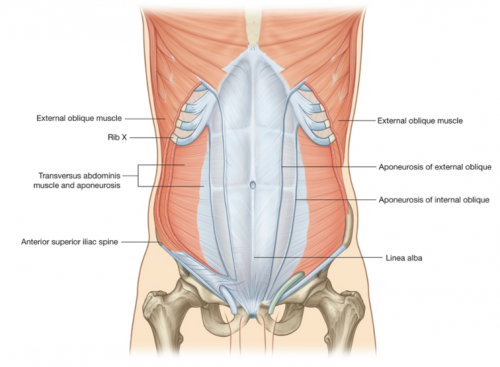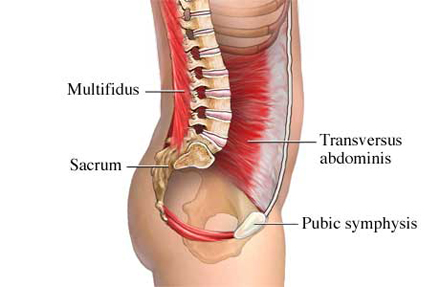by Ryan Wilkins, SPT
“Activate Your Core”: What Does That Mean?
When performing an exercise at Capital Area PT & Wellness, it is not uncommon to hear the phrase “activate your core.” While some patients may grasp the idea of core activation, others may find it difficult to visualize which muscles need to be engaged, and how to specifically engage them.
How can you properly activate your core?
Research shows that the abdominal drawing-in maneuver (ADIM) is an effective technique to promote proper core activation.1-3 Re-educating the core usually begins with completing the following steps while in a four-point kneeling (quadruped) position (Figure A)2,3

- Align your spine and pelvis in a neutral position
- Breathe in through your nose as your stomach expands
- While minimizing movement in the upper chest, rib cage, shoulders, and pelvis, exhale through your mouth and draw your belly button up and into your spine
- Repeat 10 times following the natural cycle of your breath
At Capital Area PT & Wellness each of the therapists in our Malta and Queensbury physical therapy offices will provide both manual and verbal cues to make sure you are completing this exercise correctly; this includes proper body positioning, appropriate muscle activation, and minimizing compensatory strategies. With continued practice and consistent performance in this position, we can then use a pressure biofeedback unit (blood pressure cuff) to further assess your ability to perform the ADIM in a variety of more challenging positions such as lying on your stomach (prone) or back (supine).4 Mastery of this technique usually coincides with performing more dynamic upper or lower extremity exercises simultaneously with a sustained ADIM contraction.2
Which muscles are being targeted during this technique?
The ADIM targets two muscles: the transversus abdominis and multifidus. The transversus abdominis is one of the deepest abdominal muscles and helps increase intra-abdominal pressure by acting as a “corset” to compress the abdominal contents.5 The multifidus is a muscle that lies deep in the back, and helps with trunk extension and trunk rotation.5 Both the transversus abdominis and multifidus serve as important stabilizers of the lower (lumbar) region of the spine during both trunk and extremity movements.2
CapitalAreaPT.com
Malta, NY
Queensbury, NY








